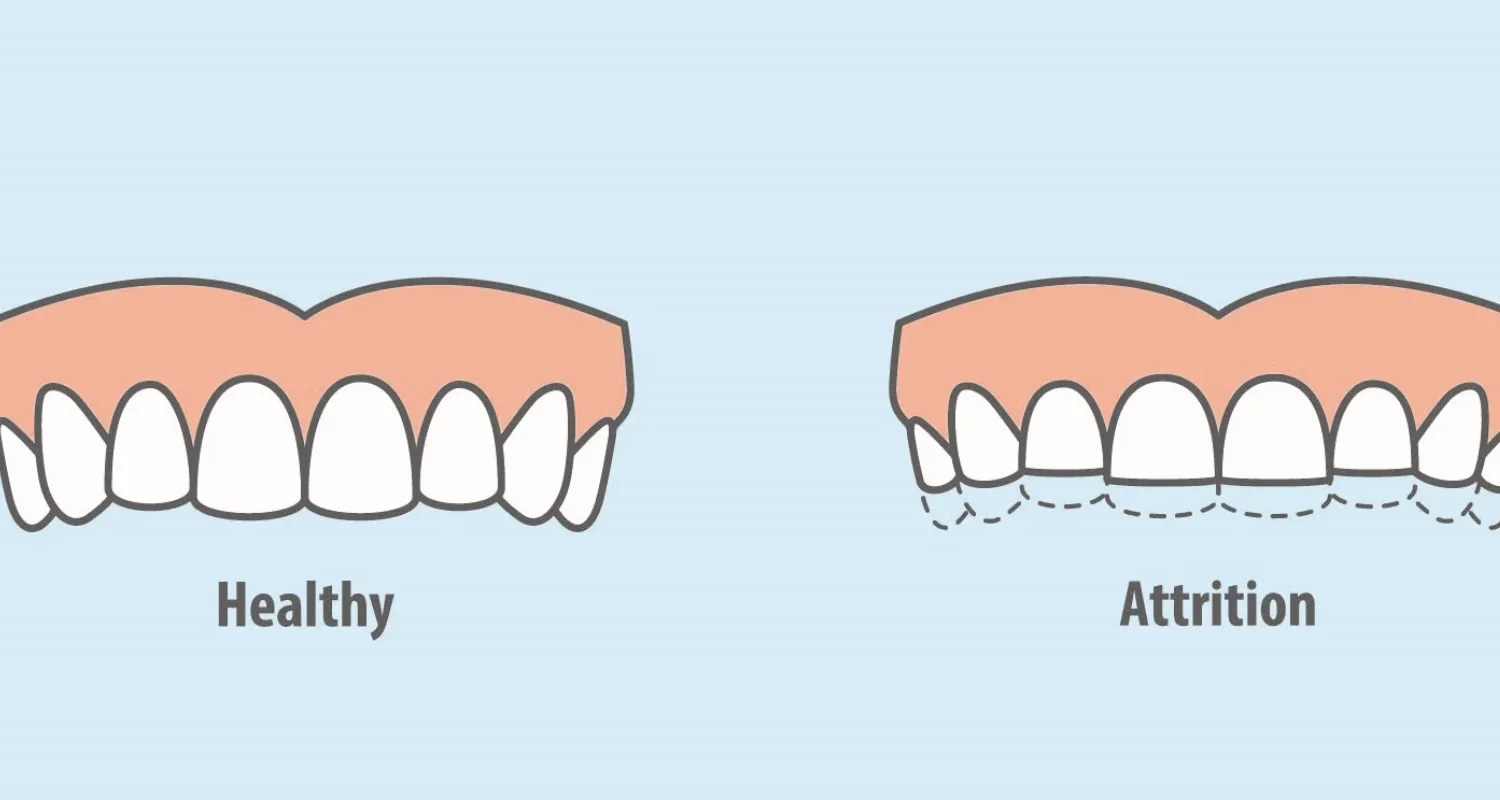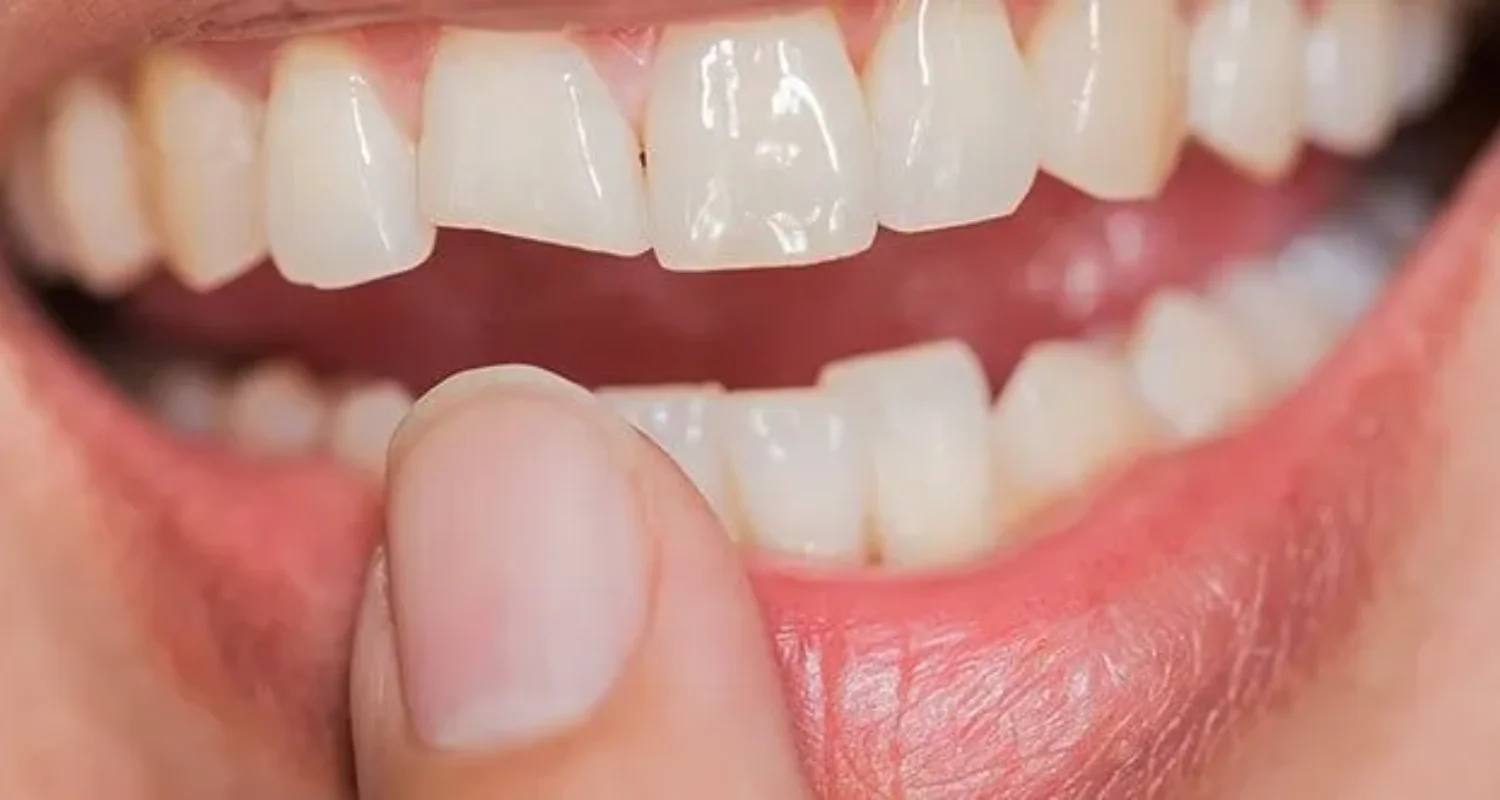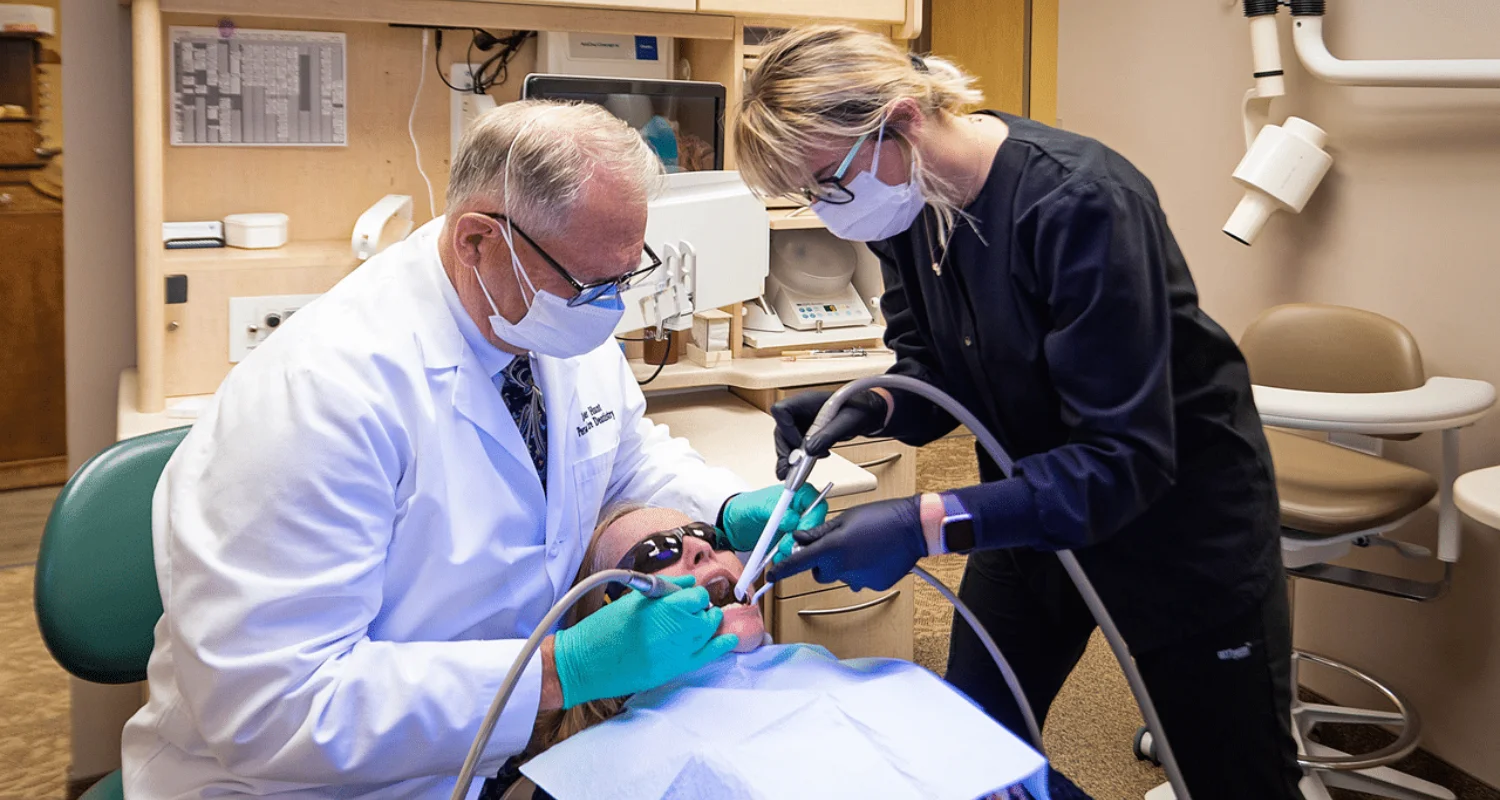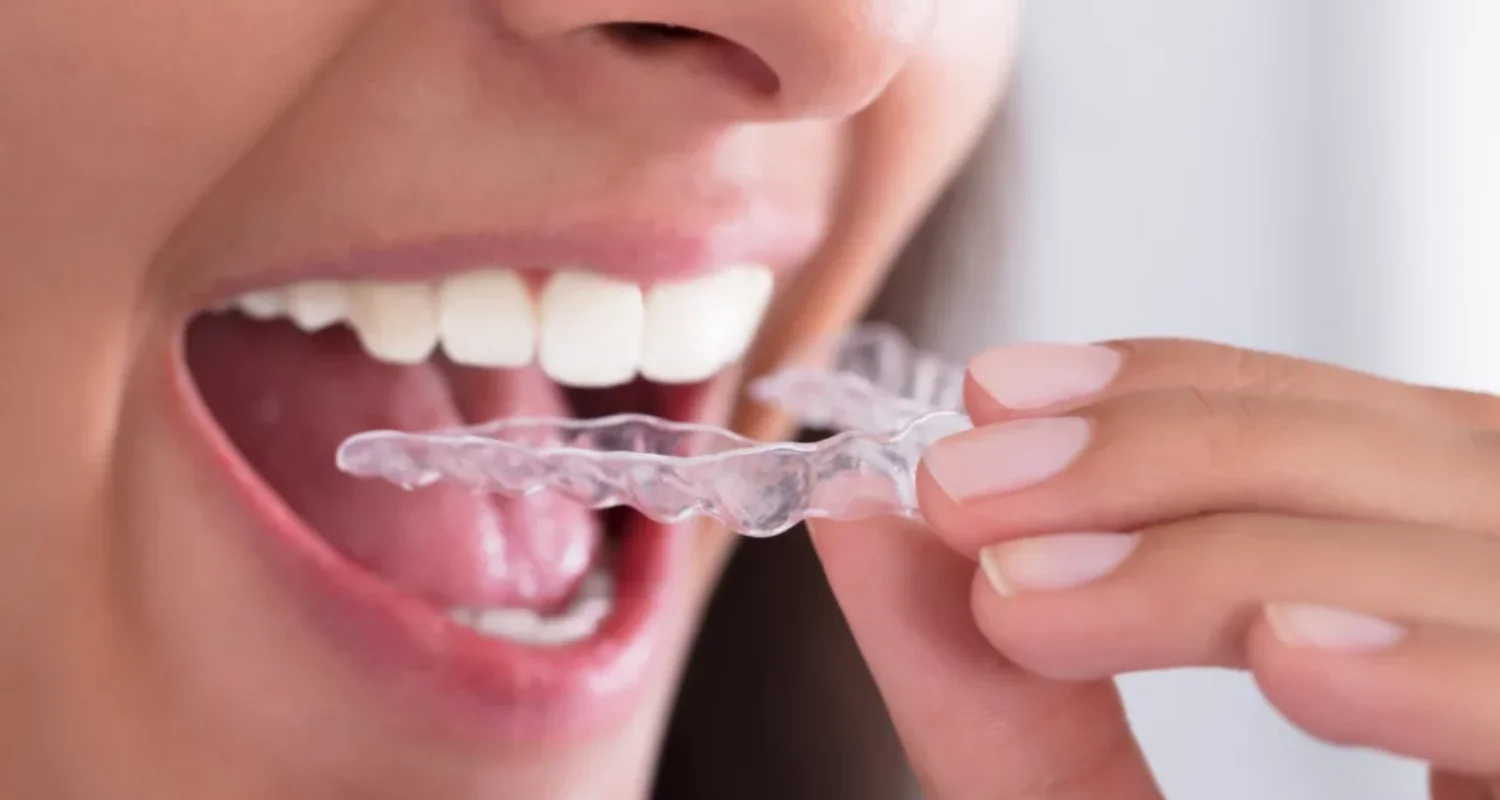Last Updated on: 19th September 2025, 12:36 pm
Teeth play a vital role in our daily lives, enabling us to chew food and articulate speech effectively. As natural tools, they are designed to endure the repeated strain of these activities. However, with consistent use over time, it is common for teeth to undergo wear, a process known as dental attrition.
In certain cases, dental wear can become excessive, affecting even younger individuals. Understanding and addressing dental attrition is essential for preserving oral health. Early detection helps prevent severe complications such as fractures, loss of tooth structure, and jaw alignment issues. By adopting preventative measures, such as lifestyle adjustments and appropriate dental care, it is possible to maintain the functionality of teeth and avoid lasting damage.
What Is Dental Attrition?
Dental attrition is defined as the progressive wearing down of teeth caused by direct contact between them.
Teeth are coated with a tough material known as enamel, which serves as a protective barrier against wear and damage. When dental attrition occurs, this protective layer is permanently worn away. This can alter the appearance of the teeth, make chewing more challenging, and lead to increased tooth sensitivity.
In addition to attrition, there are two other types of dental wear: abrasion and erosion. Abrasion occurs when teeth are worn down by external forces, like using a toothbrush that’s too hard, brushing too aggressively, or habits such as chewing on objects like pens. Erosion, on the other hand, happens when teeth are damaged by acids. This can be caused by acidic foods and drinks or medical conditions like acid reflux, where stomach acids affect the teeth.
Each type of wear has distinct causes, and understanding these differences is key to diagnosing and treating the specific problem appropriately.
The most common causes of dental attrition
The most common cause of dental attrition is the natural aging process. As we get older, our teeth undergo gradual wear from regular use. This is a normal part of aging and can happen even in people who maintain good oral hygiene and have healthy teeth.
However, excessive tooth wear can be caused by:
● Chronic teeth grinding (bruxism): a condition where a person habitually grinds, clenches, or gnashes their teeth, often without realizing it. It typically happens during sleep
● Malocclusion or poor alignment of teeth: Teeth that are not properly aligned can cause some teeth to experience more contact and pressure than others during daily functions. Over time, this uneven pressure can lead to wear, pain, or damage to the affected teeth.
● Changes in bite: The loss of teeth or the use of poorly fitting dentures can create irregular pressure points, these abnormal contact points can increase wear on the remaining teeth and even cause discomfort or further dental problems.
● Excessive chewing force: People with a very strong bite exert too much pressure when chewing, leading to dental wear.
Once the causes that can lead to dental attrition are identified, it is important to be aware of the symptoms that indicate the progression of this condition.
Symptoms of Dental Attrition
The signs and symptoms of dental attrition are indicators that tooth wear is advancing and can involve both visible alterations and physical discomfort. These may include:
● Visible wear or flattening of tooth surfaces.
● Increased tooth sensitivity due to enamel loss and increased pressure on the teeth.
● Chipping or cracking of teeth.
● Aesthetic changes, such as darker, yellowed, or shorter teeth.
● Potential jaw, ear, or facial muscle pain, especially in the morning after waking up.
Recognizing these signs and symptoms will assist you in determining whether a dentist visit is required, not only to manage dental attrition but also to maintain overall oral health and prevent future complications.
How to Treat Dental Attrition?
The treatment for dental attrition will vary based on the underlying cause of the wear. Treatment options may involve professional care as well as adjustments to daily habits.
Professional dental treatments
● Dental reconstruction: This involves applying materials such as resins or adhesives to rebuild and restore the enamel that has been worn away due to attrition.
● Crowns or veneers: These dental options are used for teeth that have been heavily worn. Crowns are caps that cover the whole tooth, offering full protection, while veneers are thin layers that cover only the front part of the tooth. Both treatments help shield the tooth from further damage and wear, restoring its strength and appearance.
● Orthodontics: Correct bite issues contributing to attrition and reduce further wear.
● Night guards or neuromuscular splints: are devices designed to protect the teeth and help relax the muscles during bruxism episodes. These tools help prevent tooth damage caused by grinding or clenching the teeth, and they also ease tension in the jaw and facial muscles.
● Prosthetics: They involve replacing poorly fitting dentures or installing new ones after tooth loss. This helps restore proper bite alignment, improving overall function and preventing additional wear on the remaining teeth.
Lifestyle changes
● Recognize and manage stress to prevent teeth grinding; if needed, practice relaxation methods like meditation.
● Avoid acidic or very hard foods and drinks that can weaken enamel.
How to Prevent Dental Attrition?
While tooth wear is a natural process that happens gradually, there are steps that can be taken to slow down its progression:
Adopt preventive measures
● Use a mouthguard at night to prevent teeth grinding.
● Address malocclusion with orthodontic treatment.
● Avoid excessive chewing of hard objects (e.g., pens, ice, nails).
● Consume softer foods.
● Refrain from consuming carbonated drinks and juices that are highly acidic.
Practice good oral hygiene
● Use of fluoride toothpaste to strengthen tooth enamel.
● Regular dental check-ups for early detection of wear.
The teeth play a key role in our identity and appearance; dental attrition is more common than you may realize. Although not all wear is excessive, certain factors can raise the likelihood of significant attrition, such as stress, misalignment of the teeth, bruxism, and missing teeth. These issues can impact the appearance, function, and overall health of your teeth.
Developing healthy habits, managing stress, and seeing the dentist regularly are crucial for preventing additional damage to your teeth. These actions help keep your teeth in good condition, reduce the risk of problems like attrition, and ensure they remain strong and functional for a longer period. Regular dental checkups also allow early detection and treatment of any potential issues.
Frequently Asked Questions
What causes teeth to be worn down?
Typical causes include the natural aging process, bruxism (grinding of teeth), malocclusion (incorrect alignment of teeth), stress, excessive pressure while chewing, behaviors such as chewing on hard objects and use of hard bristles with very hard brushing.
Can dental attrition lead to tooth loss?
If left untreated, severe dental attrition can weaken the teeth, resulting in fractures or tooth loss. Regular dental check-ups help prevent this condition.
How can you tell if your teeth are worn out?
You can tell if your teeth are worn out by visible wear, increased sensitivity, cracks or chips, changes in appearance, jaw pain, or an uneven bite. If you notice these signs, it’s best to see a dentist immediately.
Is dental attrition the same as teeth grinding?
No, dental attrition is the gradual wear of tooth surfaces from contact with other teeth, while teeth grinding (bruxism) is an involuntary habit that accelerates the wear process.
How often should I visit the dentist for dental attrition?
It’s recommended to have check-ups every six months to monitor the condition of your teeth and detect any early signs of attrition, allowing for timely treatment.
Share
References
1. Clark, G. (2024, 16 noviembre). What is dental attrition? Online Postgraduate Dental Programs. USC. Online Dental Programs. https://ostrowonline.usc.edu/dental-attrition/
2. Litonjua, L., Andreana, S., Bush, P., Cohen, R. (2003). Tooth wear: Attrition, erosion, and abrasion. Quintessence international. 34.435-46. https://www.researchgate.net/publication/10663359_Tooth_wear_Attrition_erosion_and_abrasion
3. Rees, J., Somi, S. (2018). A guide to the clinical management of attrition. BDJ, 224(5), 319-323. https://doi.org/10.1038/sj.bdj.2018.169
4. Young, W. G. (2001). The Oral Medicine of Tooth Wear. Australian Dental Journal, 46(4), 236-250.
-
Dr. Yeidy Carolina Mesa [Author]
DDS Yeidy Carolina Mesa Passionate Dentist | Advocate for Accessible Oral Health Education Graduating from Universidad CES in 2022, I am a dedicated general dentist with a lifelong passion for helping others and making a meaningful impact in the world. My journey into dentistry began at the age of 7, inspired by my own experience with braces and overcoming a fear of the dentist. This personal journey shaped my mission to help patients conquer their own dental anxieties and embrace a healthier,...
View all posts




















